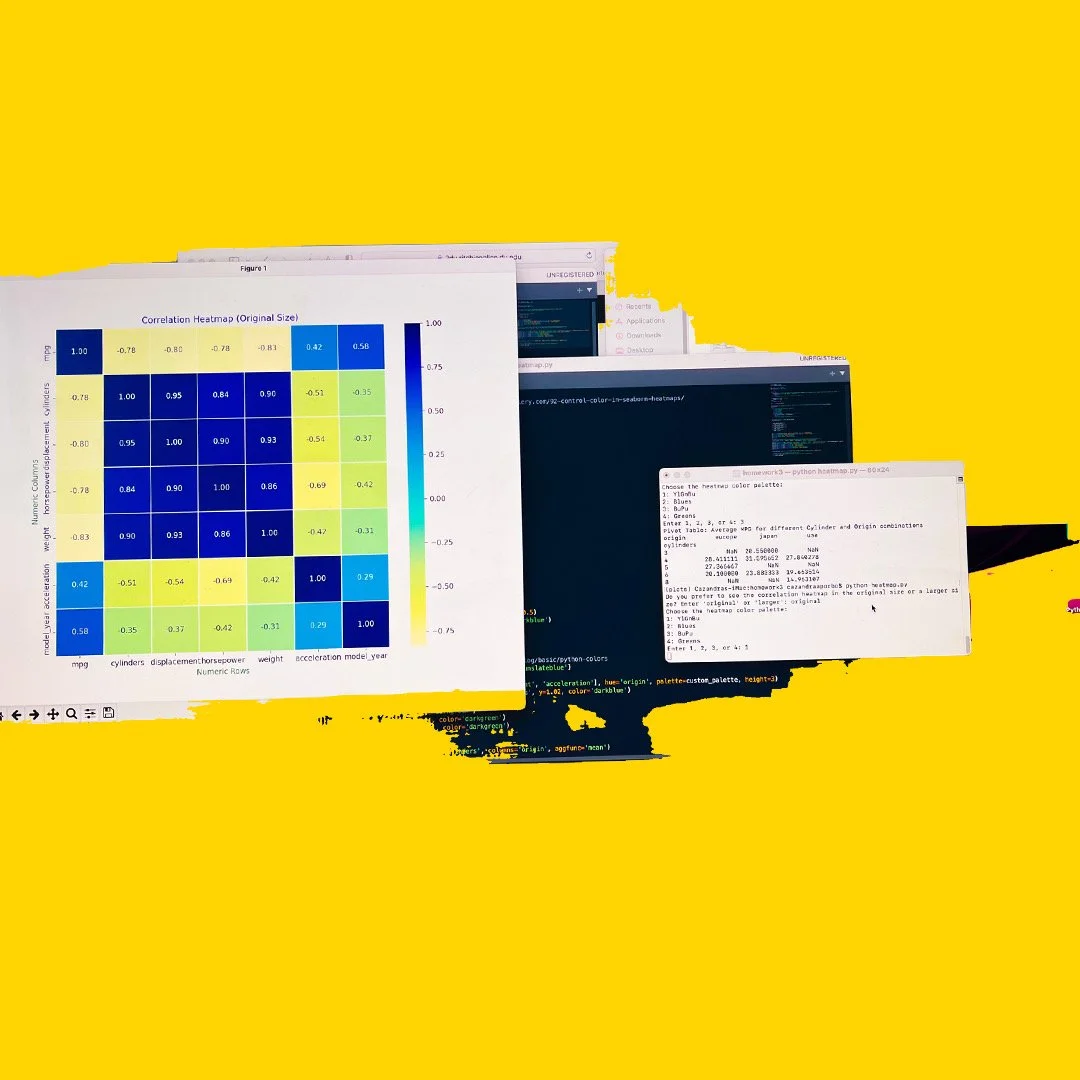Math Shortcuts
Mathematics, often regarded as both an art and a science, can be a formidable challenge for many. Yet, it is a subject that plays a crucial role in our daily lives, from budgeting to solving complex problems. The good news is that, with the right approach and some handy math tips, conquering math becomes an achievable feat.
math shortcuts that make life better:
1. Squaring Numbers Ending in 5:
To square a number ending in 5, multiply the first digit by 1 plus 1, then append 25 at the end. For example, 35^2 = (3 × 4)25 = 1225.
2. Multiplying by 11:
To multiply a two-digit number by 11, add the two digits together and place the sum between them. For example, 23 × 11 = 253.
3. Multiplying by Powers of 10:
To multiply a number by a power of 10, simply add the corresponding number of zeros to the end. For example, 42 × 100 = 4200.
4. Multiplying by 5:
To multiply a number by 5, divide it by 2 and then multiply by 10. For example, 32 × 5 = (32 ÷ 2) × 10 = 160.
5. Dividing by 5:
To divide a number by 5, multiply it by 2 and then divide by 10. For example, 250 ÷ 5 = (250 × 2) ÷ 10 = 50.
6. Multiplying by 9:
To multiply a number by 9, multiply it by 10 and then subtract the original number. For example, 7 × 9 = (7 × 10) - 7 = 63.
7. Multiplying by 4:
To multiply a number by 4, double it twice. For example, 6 × 4 = (6 × 2) × 2 = 24.
8. Dividing by 4:
To divide a number by 4, halve it twice. For example, 48 ÷ 4 = (48 ÷ 2) ÷ 2 = 12.
9. Calculating Percentages:
To find a percentage of a number, multiply the number by the percentage value divided by 100. For example, 25% of 80 = (25/100) × 80 = 20.
10. Calculating Percent Increase/Decrease:
To calculate the percent increase or decrease, divide the difference between the new and original values by the original value, then multiply by 100. For example, if a price increased from $50 to $60, the percent increase is [(60 - 50) / 50] × 100 = 20%.
11. Finding the Average:
To find the average of a set of numbers, add them all together and divide by the total count of numbers.
12. Multiplying Decimals:
Ignore the decimal point, perform the multiplication as usual, and place the decimal point in the result by counting the total decimal places in the original numbers.
13. Dividing Decimals:
Move the decimal point in the divisor and dividend so that the divisor becomes a whole number. Then, divide as usual and place the decimal point in the result by counting the total decimal places.
14. Finding Square Roots:
Use estimation, prime factorization, or a calculator to find the square root of a number.
15. Converting Fractions to Decimals:
Divide the numerator by the denominator to convert a fraction into a decimal.
16. Converting Decimals to Fractions:
Write the decimal as a fraction with the decimal value as the numerator and a power of 10 as the denominator. Simplify if necessary.
17. Converting Fractions to Percentages:
Multiply the fraction by 100 and add the percentage sign. For example, 3/4 = (3/4) × 100% = 75
18. Converting Percentages to Fractions:
Write the percentage as a fraction with the percentage value as the numerator and 100 as the denominator. Simplify if necessary.
19. Finding Prime Numbers:
A prime number is a number greater than 1 that has no divisors other than 1 and itself. To determine if a number is prime, check if it is divisible by any numbers from 2 to the square root of the number.
20. Order of Operations (PEMDAS):
Follow the order of operations when evaluating expressions: Parentheses, Exponents, Multiplication and Division (from left to right), Addition and Subtraction (from left to right).
21. Adding and Subtracting Fractions:
Find a common denominator, add or subtract the numerators, and keep the denominator the same. Simplify if necessary.
22. Multiplying Fractions:
Multiply the numerators together to get the new numerator, and multiply the denominators together to get the new denominator. Simplify if necessary.
23. Dividing Fractions:
Multiply the first fraction by the reciprocal of the second fraction (invert the second fraction by swapping the numerator and denominator), then simplify if necessary.
24. Solving Linear Equations:
Use inverse operations to isolate the variable on one side of the equation. Perform the same operation on both sides of the equation to maintain balance.
25. Factoring Quadratic Expressions:
Factor quadratic expressions by finding two numbers that multiply to give the constant term and add to give the coefficient of the linear term.
26. Finding the Midpoint of a Line Segment:
Add the x-coordinates and divide by 2 to find the x-coordinate of the midpoint. Add the y-coordinates and divide by 2 to find the y-coordinate of the midpoint.
27. Finding the Slope of a Line:
Use the formula (y2 - y1) / (x2 - x1) to calculate the slope between two points on a line.
28. Pythagorean Theorem:
In a right-angled triangle, the square of the length of the hypotenuse is equal to the sum of the squares of the lengths of the other two sides (a^2 + b^2 = c^2).
29. Sum of Interior Angles of a Polygon:
The sum of the interior angles of a polygon with n sides is given by (n-2) × 180 degrees.
30. Quadratic Formula:
Use the quadratic formula, (-b ± √(b^2 - 4ac)) / (2a), to find the roots of a quadratic equation of the form ax^2 + bx + c = 0.
Tricks pdf





